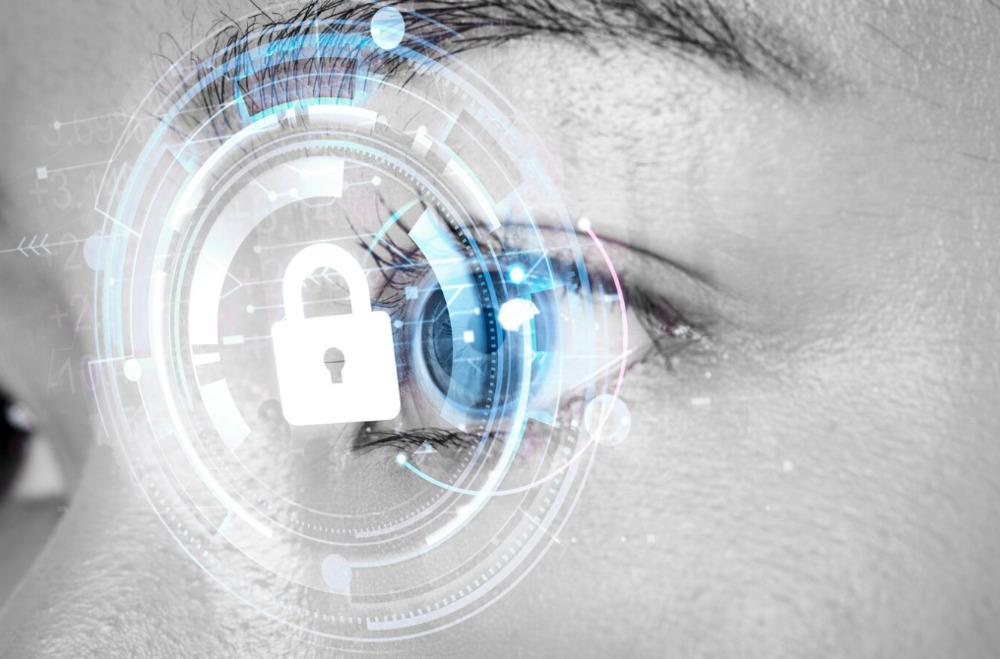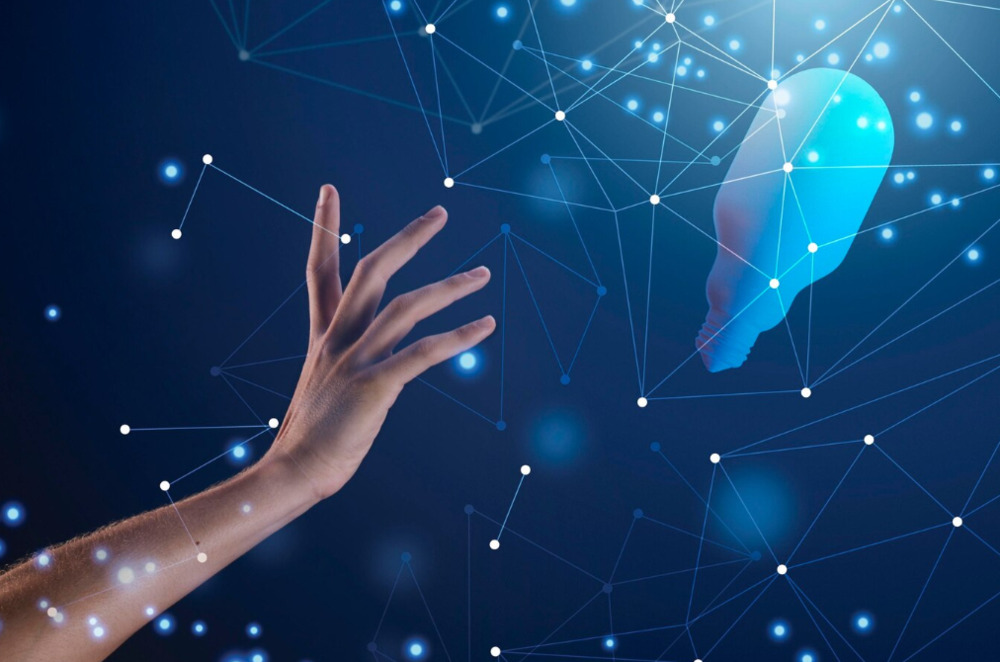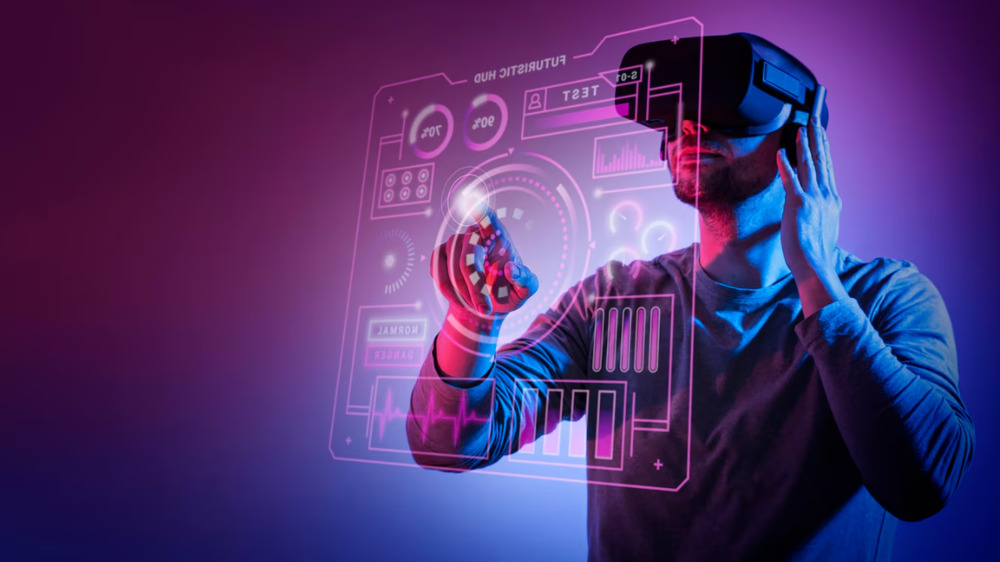In an age where technology is advancing at lightning speed, biometric security has emerged as a popular method for safeguarding our personal information. But how secure are these systems really? ? With the rise of facial recognition and fingerprint scanning, it’s crucial to understand the strengths and vulnerabilities of these technologies. Let’s dive into the world of biometric security and uncover the truth behind its safety.

Understanding Biometric Security
Biometric security refers to the use of unique physical characteristics—such as fingerprints, facial features, and iris patterns—to verify an individual's identity. This method is increasingly being adopted in various sectors, including banking, healthcare, and even smartphones. According to a report by MarketsandMarkets, the global biometric market is projected to reach $59.31 billion by 2025, growing at a CAGR of 14.5% from 2020. ?
Popular Biometric Methods
Here’s a quick overview of the most commonly used biometric methods:
| Biometric Method | Description | Security Level | Common Uses |
|---|---|---|---|
| Fingerprint | Scans the unique patterns of ridges and valleys on fingers. | High | Smartphones, Security Systems |
| Facial Recognition | Analyzes facial features and compares them to a database. | Medium | Surveillance, Unlocking Devices |
| Iris Recognition | Uses patterns in the colored part of the eye. | Very High | High-security Areas |
| Voice Recognition | Identifies individuals based on voice patterns. | Medium | Virtual Assistants, Banking |
The Pros and Cons of Biometric Security
While biometric security offers several advantages, it also comes with its own set of challenges. Let’s break down the pros and cons:
Pros:
- Convenience: No need to remember passwords or carry physical keys. Just a quick scan or touch, and you’re in! ?
- Increased Security: Biometric traits are unique to each individual, making it difficult for unauthorized users to gain access.
- Speed: Biometric systems can authenticate users in seconds, enhancing user experience.
Cons:
- Privacy Concerns: The collection and storage of biometric data raise significant privacy issues. What happens if this data is hacked? ?
- False Positives/Negatives: No system is perfect. Biometric systems can sometimes misidentify users, leading to access issues.
- Cost: Implementing biometric systems can be expensive, especially for small businesses.
Real-World Statistics
To further illustrate the effectiveness and challenges of biometric security, let’s look at some compelling statistics:
| Statistic | Value |
|---|---|
| Percentage of companies using biometric security | 30% (2021) |
| Projected growth of biometric authentication market | $34.4 billion by 2022 |
| Percentage of people concerned about biometric data privacy | 70% (2020) |
These statistics highlight the growing reliance on biometric security while also emphasizing the public's concerns regarding privacy and data protection.
The Future of Biometric Security
As technology continues to evolve, so will biometric security. Innovations such as 3D facial recognition and multimodal biometrics (using multiple biometric traits) are on the horizon. These advancements aim to enhance security and reduce the chances of unauthorized access. For more insights on the future of biometric technology, you can check out TechCrunch.
Conclusion
Biometric security is undoubtedly a powerful tool in the fight against unauthorized access and identity theft. However, it is essential to remain vigilant about the potential risks associated with it. As we embrace these technologies, we must also advocate for robust privacy protections to ensure that our biometric data remains secure. ?
In summary, while your face or fingerprint may be a convenient way to secure your devices and data, it’s crucial to stay informed and cautious. The future of biometric security is bright, but it’s up to us to ensure it remains safe and secure. ?



